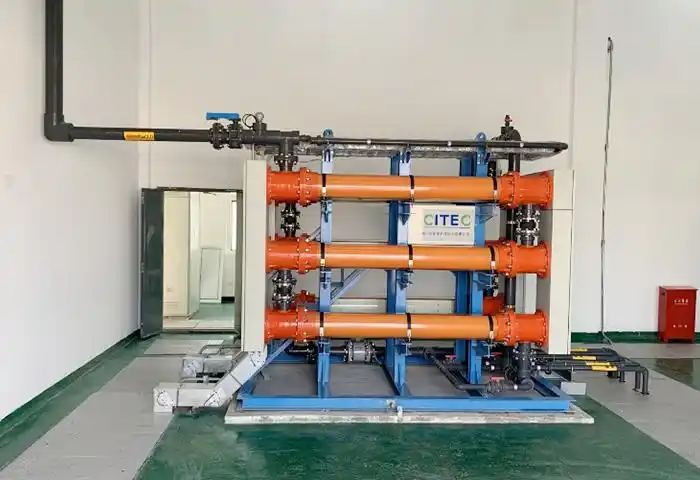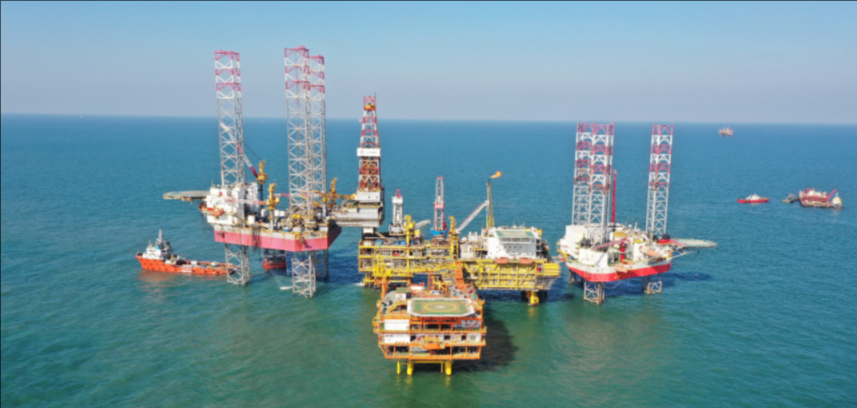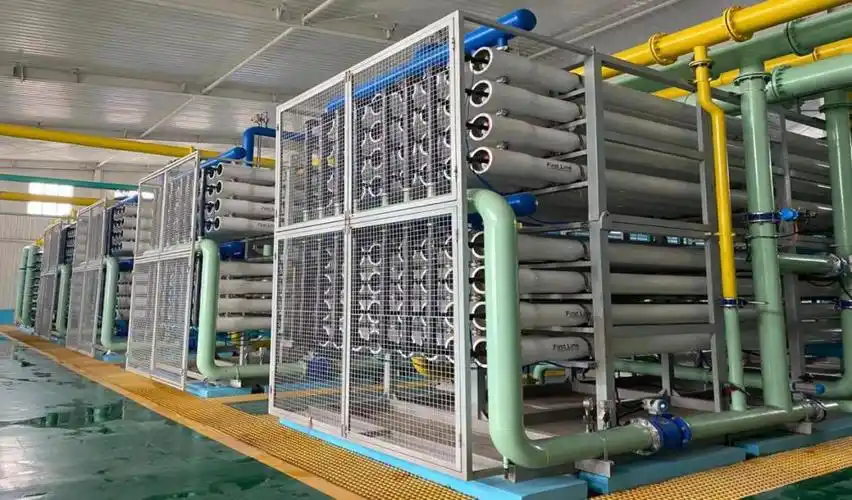Crude oil spills are a major challenge facing the marine environment. Traditional treatment methods such as oil booms, adsorbent materials and combustion methods have problems such as low efficiency and secondary pollution. Seawater electrochlorination technology uses abundant chloride ions in seawater to produce active substances through electrochemical processes to degrade crude oil, with the advantages of high treatment efficiency and environmental friendliness. In recent years, this technology has gradually become a research hotspot. Chlory's electrolytic seawater sodium hypochlorite generator is a typical successful case.

I. Principle of Seawater Electrochlorination Technology
Seawater electrochlorination technology is mainly based on the principle of electrolysis. When current passes through seawater, chloride ions are oxidized at the anode to generate active chlorine (Cl2, HOCl, OCl-, etc.). These strong oxidants can effectively decompose hydrocarbon compounds in crude oil. At the same time, the hydroxide ions produced at the cathode can neutralize the acidic degradation products and maintain the pH balance of the reaction system.
II. The role of seawater electrochlorination in crude oil treatment
Promote crude oil decomposition
Active chlorine attacks the carbon-hydrogen bonds of hydrocarbon molecules, breaking them into smaller molecules. Experiments show that under suitable conditions, electrochlorination can reduce the content of long-chain alkanes in crude oil by more than 60%.
Improve biodegradability
Electrochlorination products are more easily utilized by microorganisms. Studies have shown that the degradation rate of treated crude oil increases by 30-50%, significantly shortening the natural purification cycle.
Corrosion protection function
The electrochlorination process can form a dense passivation film on the metal surface, reducing the corrosion rate by about 40%, which is of great significance for protecting oil transportation facilities.
III. Analysis of influencing factors
Current density
The optimal range is 5-15mA/cm². Too high will lead to increased side reactions, and too low will affect the treatment efficiency.
Chloride ion concentration
Seawater itself contains about 19g/L chloride ions, which usually do not need to be added. However, it needs to be appropriately supplemented in low-salinity waters.
Temperature
The activity is highest at 20-30℃. For every 10°C increase in temperature, the reaction rate increases by 1.5-2 times.
pH value
Neutral to weakly alkaline (pH7-9) conditions are most conducive to the generation and stability of active chlorine.
IV. Application Cases

In a leakage accident on an offshore platform in 2018, electrochlorination technology was used in combination with traditional methods. Monitoring data shows:
Crude oil removal rate reaches 85%
Dissolved oxygen concentration in surrounding waters remains at normal levels
Marine biological populations basically recovered within 6 months
V. Technical advantages and limitations
Advantages:
Use local materials, no need to add a large amount of chemicals
Fast processing speed and significant effect
Anti-corrosion function
Environmentally friendly, no secondary pollution
Limitations:
High energy consumption, need to optimize power supply design
Limited effect on high viscosity crude oil
High equipment maintenance requirements
VI. Future development direction
Develop efficient and stable electrode materials
Study solar-driven electrochlorination system
Optimize the combination scheme with other treatment technologies
Establish standardized operating specifications

Seawater electrochlorination technology provides an innovative solution for crude oil spill treatment. Its unique electrochemical mechanism can effectively degrade pollutants and protect marine facilities, showing good application prospects. Chlory has been committed to the research and development of seawater electrolysis technology. With technological advances and cost reductions, this technology is expected to become an important tool for marine environmental restoration.
